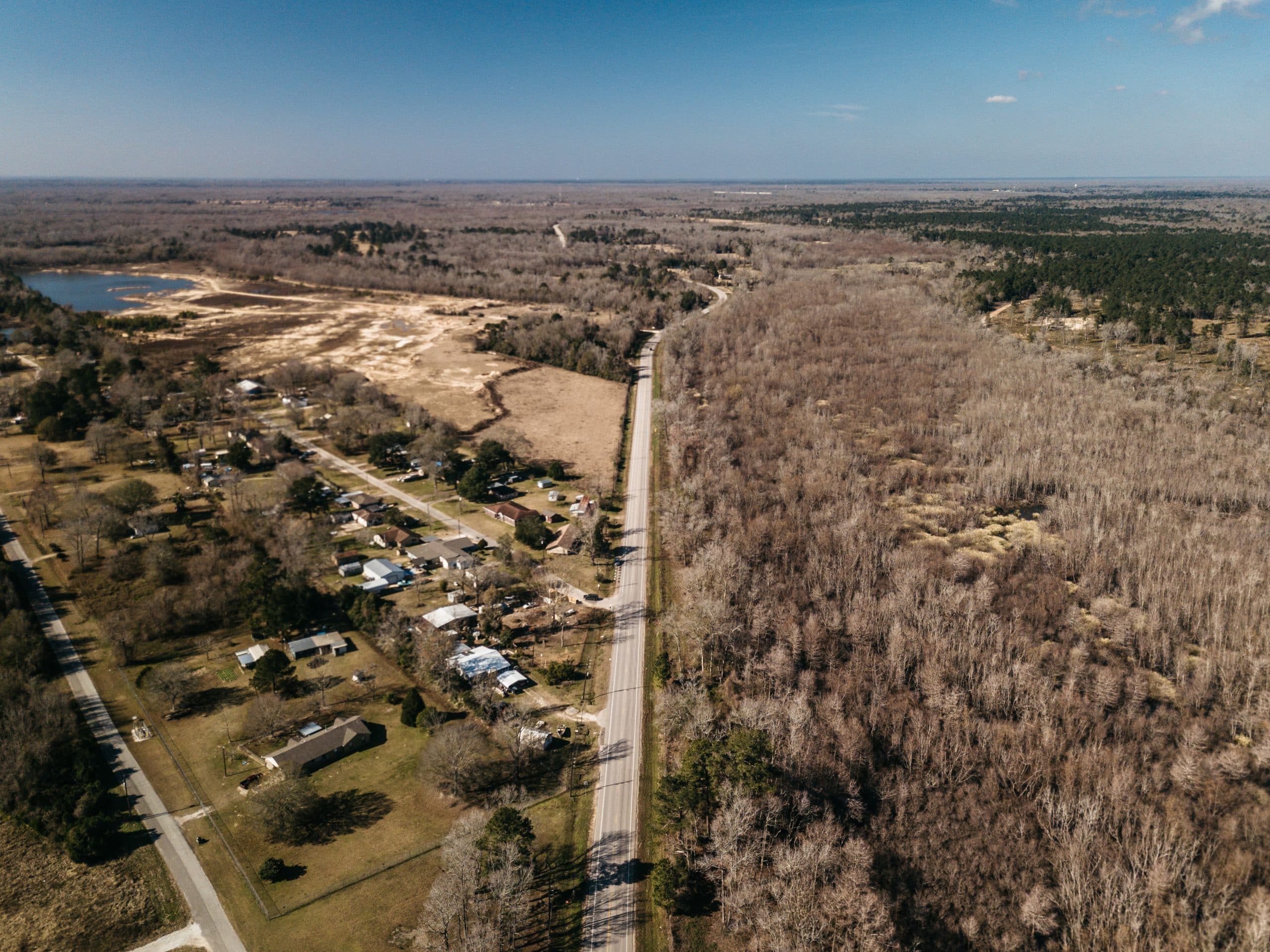How to Utilize Advanced LED Lighting for Growing Tropical Plants Indoors?

Cultivating a lush, tropical indoor garden is a nuanced art form. One must balance the right levels of hydration, nutrition, temperature control and, of course, light. Light, in all its varying forms and intensities, is the lifeblood of our plants. And when it comes to indoor gardens, nothing quite compares to the advanced LED lights. These lights, with their spectrum of red, blue and other colors, are capable of mimicking the sun’s rays and promoting exceptional plant growth. This article unveils how to employ these high-tech lights effectively.
Understanding the Importance of Light in Plant Growth
Before we delve into the specifics of LED lighting, it’s crucial to understand why light is so vital to plant growth. Light is the primary energy source for plants, which they convert into food through a process known as photosynthesis. The intensity and quality of light will greatly affect how well a plant can photosynthesize, and therefore, how well it grows.
Lire également : How to Integrate Advanced Air Filtration into Older Homes with Radiator Heating?
But what does ‘quality’ of light mean? In simple terms, quality refers to the spectrum of light. Sunlight contains a full spectrum of colors, each with a specific wavelength. Plants use these different color wavelengths in various growth processes. For instance, blue light plays a significant role in promoting leaf growth, whereas red light stimulates flowering and fruiting. So, when we talk about providing quality light to our plants, we’re mainly referring to providing a full spectrum of light.
The Power of LED Lights in Indoor Gardening
LEDs, or Light Emitting Diodes, have revolutionized indoor gardening. They emit light in specific spectra, which can be tailored to meet the needs of different types of plants. What’s more, they are highly energy-efficient and produce less heat compared to traditional lighting systems, making them ideal for indoor use.
A découvrir également : How Can You Create a Sustainable Kids’ Playroom with Upcycled Materials?
LED lights offer a range of benefits for indoor plants. They are available in a wide spectrum, providing plants with the exact wavelengths they need for optimum growth. For example, you can use red and blue LED lights to stimulate leaf development and flowering in your tropical plants.
Furthermore, because LEDs are highly efficient, they use less energy than traditional bulbs. This not only benefits the environment but also your wallet. Less heat production also means that the risk of scorching your plants is greatly reduced, which is a common issue with other types of grow lights.
Deciphering PAR and How It Impacts Plant Growth
When selecting LED lights for your indoor garden, one term that you’ll likely come across is PAR, or Photosynthetically Active Radiation. Simply put, PAR is the range of light within the visible spectrum (400-700nm) that plants can use for photosynthesis.
High PAR values mean more light is available for photosynthesis, leading to faster and healthier plant growth. However, not all light within the PAR range is used equally by plants. They tend to absorb more blue and red light, which is where LED lights come into play. They are capable of producing light in these specific wavelengths, ensuring your plants get exactly what they need.
Tailoring Light Intensity to Suit Your Indoor Plants
Light intensity refers to the amount of light your plants are receiving at any given time. It’s important because it directly affects the rate at which your plants photosynthesize and, consequently, how quickly they grow.
LED lights come with adjustable intensity controls, allowing you to customize the light output based on the needs of your plants. Young seedlings need less intense light, while flowering plants require high light intensity. By adjusting the LED lighting, you’re able to simulate the varying light conditions that your plants would naturally experience outdoors.
Incorporating Different Colors of the LED Spectrum
As touched on earlier, different colors in the light spectrum impact plant growth differently. The two most beneficial colors for plants are red and blue. Red light promotes flowering and fruit development, while blue light encourages leaf and stem growth.
Many LED lights come with the option to adjust the color output. This lets you tailor the light spectrum to encourage certain types of growth. For instance, if you want to encourage a plant to flower, you could increase the amount of red light while reducing the blue. Conversely, if you’re looking to stimulate leaf growth, you’d do the opposite.
By understanding and manipulating the spectrum of LED lights, you can support and enhance the growth of your indoor tropical plants, creating a lush, vibrant indoor oasis. Learning how to use advanced LED lighting effectively is a game-changer for indoor gardening, helping you create a flourishing indoor tropical garden.
Creating a Balanced Light Environment
Creating an optimal light environment for your indoor tropical plants is a crucial part of their growth and development. This involves not just providing sufficient light, but also striking a balance between the different colors in the light spectrum. Using LED grow lights gives you the flexibility to control the light environment to suit the needs of different types of plants.
Most plants need a balance of red and blue light for healthy growth. But different plants have different preferences for the color spectrum based on their natural sunlight conditions in the wild. For example, some tropical plants thrive under the intense, full spectrum light of the sun near the equator. Others, accustomed to growing under the canopy of tropical forests, prefer blue and green light, which penetrates the dense foliage above them.
LED lights, with their customizable color spectrum, make it possible to mimic these natural light conditions indoors. By adjusting the red and blue light output, you can cater to the unique light preferences of each plant. For instance, you might adjust the LED grow light to emit more blue light for a plant that thrives under the forest canopy, while a plant used to bright sunlight might benefit from a full spectrum light.
Additionally, you should also consider the duration of light exposure. In general, most tropical plants require 12-14 hours of light per day. However, this can vary based on the specific type of plant and its stage of growth. Seedlings might require more light, while mature plants might need less. Some plants might also need a period of darkness to trigger flowering. With LED lights, you can control not just the quality and intensity of light, but also the duration of light exposure.
Conclusion: Harnessing the Power of LED Lights for Indoor Gardening
As can be gleaned from the above, LED lights are an immensely potent tool for indoor gardening. They offer the flexibility to create a customized light environment that can cater to the unique needs of different types of tropical plants. From controlling the color spectrum to adjusting the light intensity and duration, LED lights provide a level of control that is not possible with traditional lighting systems.
But using LED grow lights effectively requires a solid understanding of how light influences plant growth. You need to know not just which colors promote leaf growth or flowering, but also how to create a balanced light environment that mimics a plant’s natural sunlight conditions.
Furthermore, the use of LED lights is not just about providing light. It’s about creating a conducive environment for plant growth. From ensuring your plants get enough water and nutrients to maintaining the right temperature and humidity levels, indoor gardening requires careful attention to several factors. Light is a crucial piece of this puzzle, but it’s not the only one.
Harnessing the power of LED lights for indoor gardening is not a simple plug-and-play affair. It’s a nuanced art form that requires knowledge, patience, and a bit of trial and error. But when done right, it can transform your indoor garden into a lush, vibrant oasis, providing a slice of the tropics right in your living room. With the right LED grow lights and the right approach, you can create an indoor tropical paradise that is a sight to behold and a joy to maintain.
